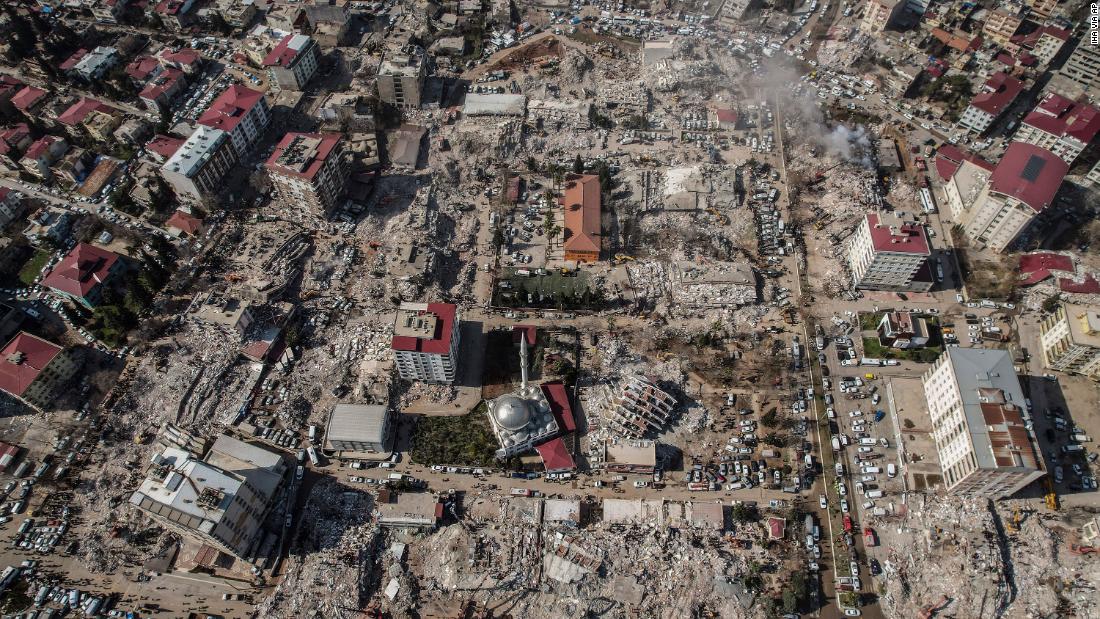72 of the Largest California Cities Report Decline in Crime
The cities reported an average 7 percent decline in 2020, but homicides in urban areas rose 34 percent over the previous year. A report by the Center on Juvenile and Criminal Justice blamed the pandemic for the rise in homicides.

In 2020, 72 of California’s largest cities reported an overall decline in crime by an average of seven percent, following a generally falling rate of property and violent crime, according to a research report published by the Center on Juvenile and Criminal Justice.
In addition, 48 cities showed declines in violent and property crimes and the other 24 showed increases.
California’s urban areas experienced a 34 percent increase in homicides, similar to that of the rest of the country which has experienced a rise in homicides, a 10 percent rise in aggravated assault and a 10 percent rise in motor vehicle theft.
According to the study, co-authored by Senior Research Fellow Mark Males and Policy Analyst Maureen Washburn, the pandemic is likely partly at fault for the increase.
The psychological toll and stress the pandemic has caused may have influenced the increase in homicides and assaults.
Additionally, social service agencies and community-based service providers have had to change the way they offer services and some have even had to temporarily shut down leaving people without services they rely on.
On the other hand, California’s urban areas saw a 15 percent decrease in robbery and 16 percent decrease in theft.
The pandemic may have influenced this as people were forced to stay at home, reducing the opportunity for these crimes to take place, the Center said.
The study found mixed results about whether the pandemic affected domestic violence rates which in turn may have affected the overall crime rate.
A survey cited by the study found 23 percent of households with children reported intimate partner violence.
Data from Los Angeles, San Francisco and San Jose show that domestic violence calls and abuse reports did not increase substantially after the pandemic began.
Since domestic violence is vastly underreported to the police, it is difficult to draw conclusions on the effects the pandemic may have had.
Males and Washburn write that understanding how and if the pandemic affected domestic violence will require further studies of data that has yet to be published.
Crime Trends over Past Decade
California has seen an 80 percent decline in crime from 2010 to 2020.
Looking at FBI crime statistics of the 71 California cities consistently reporting, 58 showed decrease in Part I offenses from 2010 to 2020 and 13 showed increases.
The report suggests this variation is due to differences in local practices and policies rather than state policies.
From 2010 to 2020, California implemented many reform measures, such as the Public Safety Realignment, which transferred responsibility for some nonviolent convictions from state prisons to local supervision, Proposition 47, which reclassified some drug and property offenses from felonies to misdemeanors, and Proposition 57, which offered early parole to people who participated in rehabilitative programs.
Increases ‘Not Linked’ to Reforms
Although some people are quick to blame reform for the recent rise in homicides across the country, Males and Washburn state large-scale criminal justice reforms are not driving the increase.
“The uneven crime changes seen in 2020 suggest abnormal conditions that year,” they wrote.
“Moreover, the types of crimes that increased in 2020 are not the ones directly affected by California’s recent criminal justice reforms and are unlikely to reflect the lagging effects of law changes implemented four to 10 years earlier.”
The study also notes that California’s homicide trends mirror that of the rest of the country both in cities that have implemented reforms and those that have not.
Of the 222 U.S. cities with populations of 100,000 or more that reported data to the FBI, the average homicide increase was 40 percent, 4 percent above Los Angeles’ reported increase.
Los Angeles County, which accounts for about one-third of the state’s total homicides, has entered a period of a historic low rate of homicide, despite its recent increase.
Although younger adults tend to be more likely to become homicide victims, the study found that in 2020 the most common age of homicide victims in Los Angeles was between 25 and 49.
The study does not offer a possible explanation for why this occurred.
In line with traditional patterns, Black Los Angeles residents were 12.5 times more likely to be victims of homicide than white residents, reflecting the racial disparities in the city.
Pandemic’s ‘Complex’ Impact
Males and Washburn state the pandemic likely had “complex” effects both on crime and its locale and perhaps with a return to normalcy post-pandemic coupled with efforts to repair the harm caused by it, homicide rates may begin decreasing in the future.
“While disruptions to businesses, travel and social contact may have reduced certain crimes, the pandemic’s immense psychological and economic strain coupled with a depleted social services infrastructure may have driven other crime rates higher,” Males and Washburn wrote.
“To meet the current crisis, it is critical that California cities boost investment in community-based services, mental health treatment and violence reduction programs.”
This summary was prepared by TCR Justice Intern Blake Diaz.

 Landwebs
Landwebs 
























